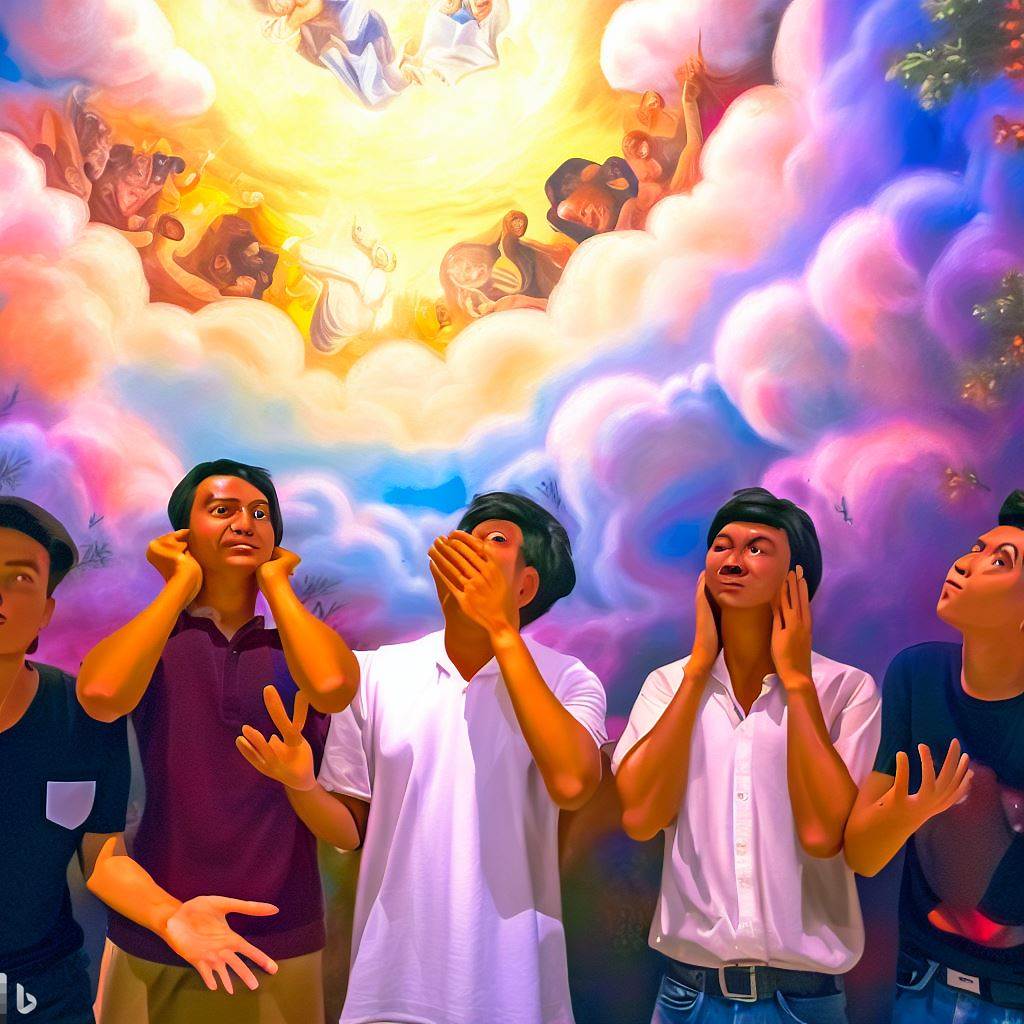Hussain Khalid Mirza

What must an entrepreneur do after creating a business plan?
Launching a business is an exciting endeavor that begins with crafting a solid business plan. However, the journey doesn’t end ...

Unlocking Success Through Knowledge Acquisition: 10 Proven Techniques
Knowledge acquisition is the process of obtaining and absorbing information, skills, and insights from various sources. It’s the foundation of ...

The Power of Continuous Learning: Unlocking Your Full Potential
In a world that is constantly evolving, the pursuit of knowledge and skill development has become more critical than ever. ...

Nihilism vs Existentialism in Modern Philosophy
In the world of modern philosophy, the two opposite ideologies of nihilism and existentialism have captivated the minds of thinkers, ...

Memoir vs Autobiography: What’s the Difference?
memoir vs autobiography is a literary form used to describe the personal experiences of individuals In life. In this article, ...

Exploring Elie Wisesel Books: Discovering Experiences of Survivor
Elie Wiesel, a Holocaust survivor, Nobel laureate, and prolific author, has gained fame through his profound and poignant works. Elie ...

What is the Valley of Ashes in The Great Gatsby?
Introduction: In F. Scott Fitzgerald’s timeless classic, “The Great Gatsby,” the Valley of Ashes serves as a powerful symbol ...

Why did F. Scott Fitzgerald Write Books to Criticize
Scott Fitzgerald, one of the most celebrated American authors of the 20th century, crafted a captivating collection of novels that ...









